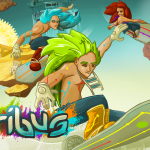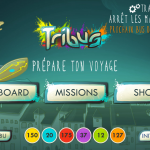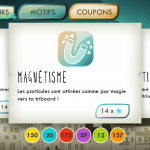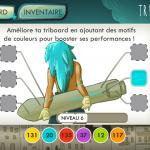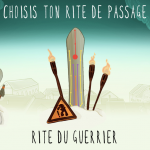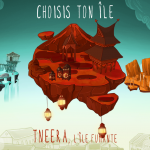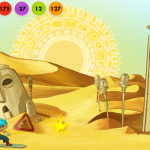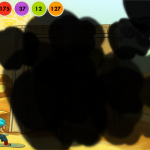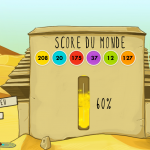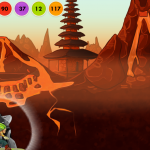Edit: The Box2D AS3 pure version is quicker than Box2D Alchemy! Take a look there
Hey folks! Today I’m glad to share an important performance test for AIR mobile developers which want to use a physics engine in their games and applications.
The Box2D Alchemy version is used rather than the “simple” Box2D because it has better performance. Test on Allan Bishop’s blog.
I’ve already made a quick performance test comparing Box2D Alchemy & Nape concluding that with Nape you could create 60% more objects than Box2D and have the same FPS!
That was a simple test without different objects behaviors. So now it’s time to test in the small project game : Live4Sales, made with the Citrus Engine using Starling & AIR 3.4. In a previous post there were already project/code explanations and good practice with Box2D. I will not make code comparison with Nape since all the source are available on the CE’s GitHub.
To compile for one or the other engine just change one line in the Main :
// select Box2D Alchemy or Nape demo state = new NapeLive4Sales(); //state = new Box2DLive4Sales(); |
And it will works! Most classes are common, just physics one changed. With the CE version on the repository, Nape use the same coordinates system than Box2D. It has never be so easy to switch! I’ve the same physics behaviors for Box2D & Nape in the game apart I didn’t success to cancel easily forces after collision with Nape.
The game videos :
The test is categoric, yep, Nape is blazing fast!! The Citrus Engine made a really good move adding Nape support!
In conlusion, if you want to target Web only? It doesn’t matter, both are very performant on a computer. Since the API are very differents select the one you prefer! You will find more code example with Box2D than Nape, however Nape is easier to handle. Also you have to know that Box2D Alchemy involves Adobe “Tax” if you use Starling too whereas Nape doesn’t (with the Nape’s debug view I’ve chosen). Don’t forget, if you want Adobe keeps its good work on Flash you’ve to support them!
Perhaps your game will be a mobile game? Go Nape, directly!
We are closed to the Citrus Engine V3 BETA3 which will be the last one!
Finally I’ve quickly added Nape to the CitruxEngine (Haxe NME port). It was so easy to add it from the AS3 version. This port is in stand-by at the moment : I still haven’t found an easy way to display a SpriteSheet with NME – HTML5. I’m upset!
